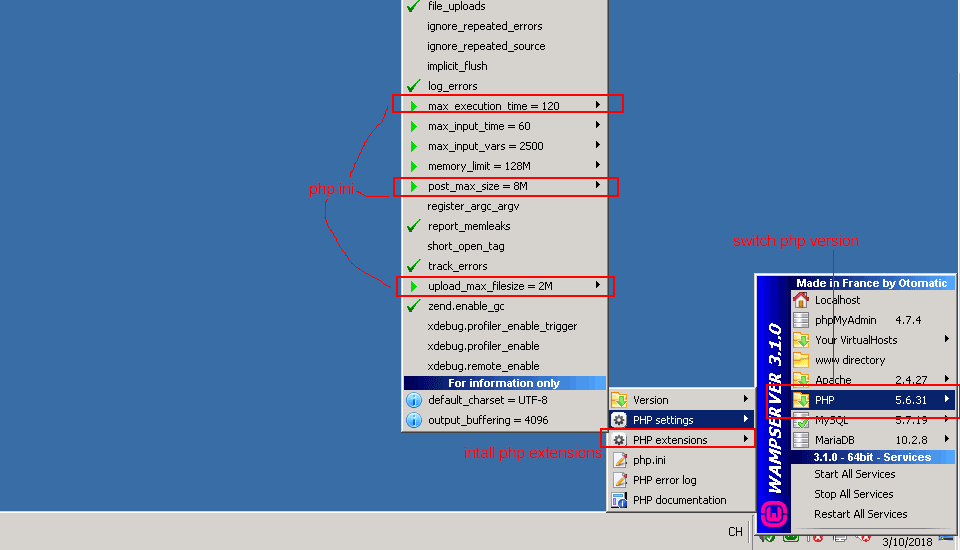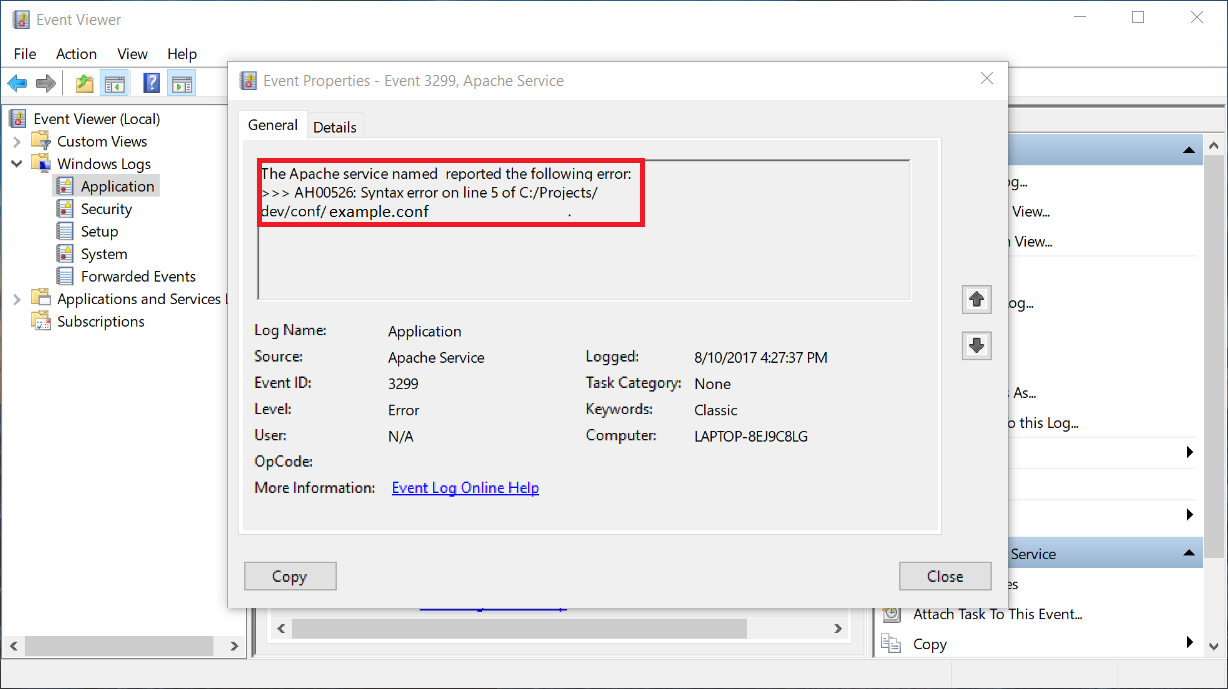

Please note that WampServer does not work on FAT32 or exFAT drive partitions. Similarly, if you want to select a different Notepad option, go ahead. I would recommend changing the default browser to something more modern than internet Explorer. The default installer options should suffice for most users, but you must install WampServer in the root of the directory (e.g. The installer makes it clear that you should not install WampServer over an existing version. When the download completes, run the installer. Head to the official WampServer site and download the latest version for your operating system type (32 or 64-bit) At the time of writing, WampServer 3 includes Apache 2.4, MySQL 5.7, and PHP 5.6. Let's set it up! Step 1: Download and Install WampServer

Plus, it has a lot of online support, too. Using WampServer is often the fastest and easier way. And while countless tutorials show you exactly how to do this, a WAMP server automates a decent proportion of the configuration.įor the rest of the article, I'll talk about WampServer, the official installation. (How to install MySQL on Windows 10 explains more) However, you then have to configure each service. (Here's how to create a virtual web development environment.)Īpache, MySQL, and PHP are all available for individual download. The local environment lets web developers continue their work offline, as well as test features before rolling them out into live environments. Instead of requiring access to a server featuring Apache, MySQL, and PHP, a WAMP server creates a local environment. Compare this to LAMP ( Linux Apache, MySQL, and PHP) or MAMP ( Mac Apache, MySQL, and PHP).Ī WAMP server, then, is a web development environment for Windows. Read on to find out how to set up a WAMP server on your Windows 10 machine.įirst thing first: what is a WAMP server? WAMP stands for Windows Apache, MySQL, and PHP. However, wouldn't it be easier if you could bring the service trio to your computer to run locally? A WAMP server does just this. The web hosting runs on a remote server that is highly likely running some form of Linux. Usually, to gain access to this trifecta, you need to purchase web hosting. It is a tried and tested combination which works phenomenally well, most of the time. A great many websites are run using a trio of services: Apache, MySQL, and PHP.


 0 kommentar(er)
0 kommentar(er)
